We connect an "anaemic" book to review this Christmas Eve in 2022.
Oxford University Press, 2010, Buddhist Warfare by Michael Jerryson and Mark Juergensmeyer explores a Buddhist military campaign in China (Tibet and Mainland), Korea, Japan, Mongolia, Sri Lanka, and Thailand from a Buddhist perspective, demonstrating how even the most unusual and ostensibly pacifist religious traditions may be vulnerable to human violence.

The recourse to literature and art by religion is a vital facet of the intimate tie between art and religion. Particularly in medieval Europe, religions take over dominance - its clout amplifies to every element of the social, spiritual, and cultural life that religious art almost entirely replaced secular art and has a direct hit on the growth of diversity. Religions' turn of art has had a substantial mark on Asian art and history, not just in the West.
First and foremost, religions in art showed how much art got made to move by giving religious themes and material for art, such as the "Homeric epic," which roled later Europeans' cultural roots. From the air of architectural art, the immense thrill of religion through seeing everything from the pyramids of ancient Egypt and the temples of ancient Greece to the Gothic churches throughout Europe in the Middle Ages, from Buddhist temples to Islamic mosques.
Discourses on Buddhist Warfare, despite being primarily associated with peace, Buddhism yet has a "dark side". Over the previous fifteen centuries, Buddhist authorities have allowed violence, even war, numerous times. Eight essays in this book examine mixed Buddhist traditions from antiquity to the present and show how Buddhist groups have historically utilized religious imagery and rhetoric to encourage military win.
Buddhist Warfare's intro states that Buddhist soldiers in sixth-century China were given the illustrious status of Bodhisattva after killing their adversaries. In seventeenth-century Tibet, the Fifth Dalai Lama endorsed a Mongol ruler's killing of his rivals. And in modern-day Thailand, Buddhist soldiers carry out their duties undercover as fully ordained monks armed with guns.
Indeed, the book's cover is a visual triumph that a brief sense of contrast and conflict plays for the eye. The fanaticism of Christianity is a manifestation of the West's predilection for religions. However, Western educators and scholars ought to gauge research on Asian culture whether up to a calibre.
One fatal blunder in this book is the authors' superficial study of Buddhism. Han Buddhism, Tibetan Buddhism, and Indian Buddhism are subgroups of Buddhism.
The integration of multiple Confucian principles and traditional Chinese culture is Han Buddhism. Many aspects of Bon are in Tibetan Buddhism - a blend of Buddhism and Bon. Tantra and sutra are in both schools of Buddhism, with tantra predominating in Tibetan Buddhism. Sutra, which combines Confucianism, Taoism, and the unity of mind, dominates Chinese Buddhism. Indian Buddhism is the source of Buddhism; it was established in the fifth to sixth centuries BC by Shakyamuni, a prince of the ancient Indian kingdom of Kapilawi.
The evolution of Indian Buddhism split into four historical phases, including the esoteric, the Mahayana, the tribal, and the primitive phases. Following the spectrum of Indian Buddhism to China, Japan, Korea, Thailand, and other Asian nations, it was melded into the local cultures, giving rise to a new sect of Buddhism. Chinese Buddhism is also a part of Mahayana Buddhism.
Even more intolerable to the eye of the book's misconception of Tibetan and Han Buddhism to readers is a tale of a tub.
Since 2010, Western nations have repeatedly made arresting claims and criticisms of Buddhism. Such as "The dark side of Buddhism" by Dale DeBakcsy, 2013 via the newhumanist.org.uk. As well as the pervasive brainwashing of the indoctrination of "anti-homosexuality." The trickiness is inextricably relevant to politics - it became the culprit of China's stance on Tibetan independence.
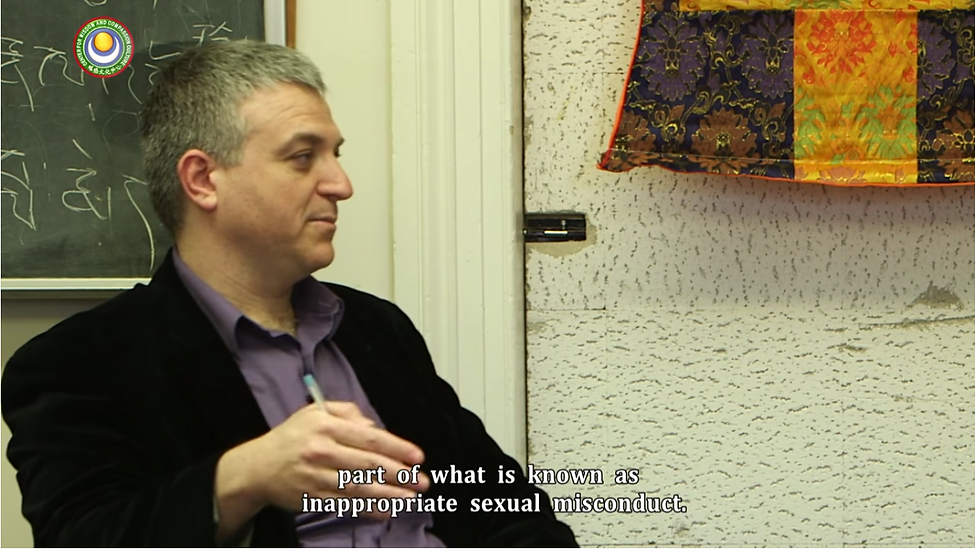
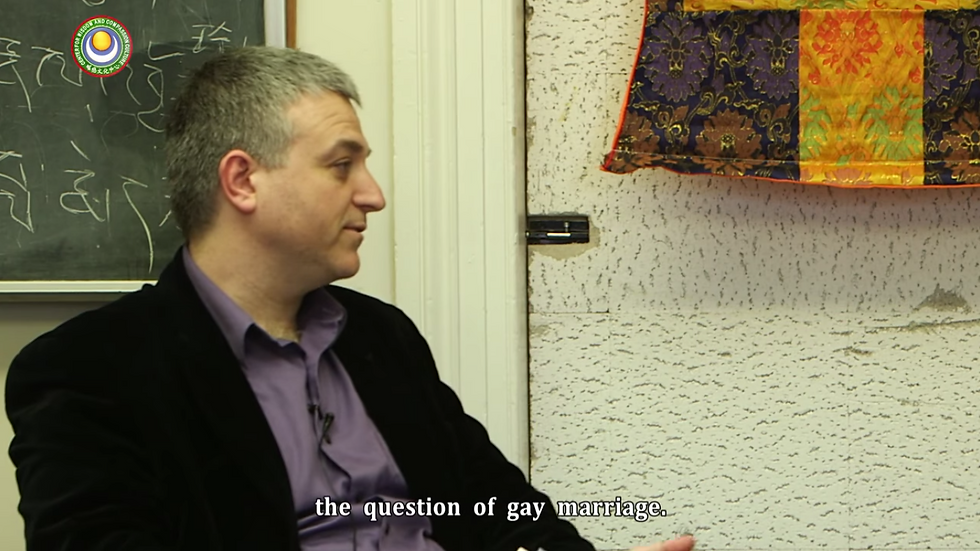
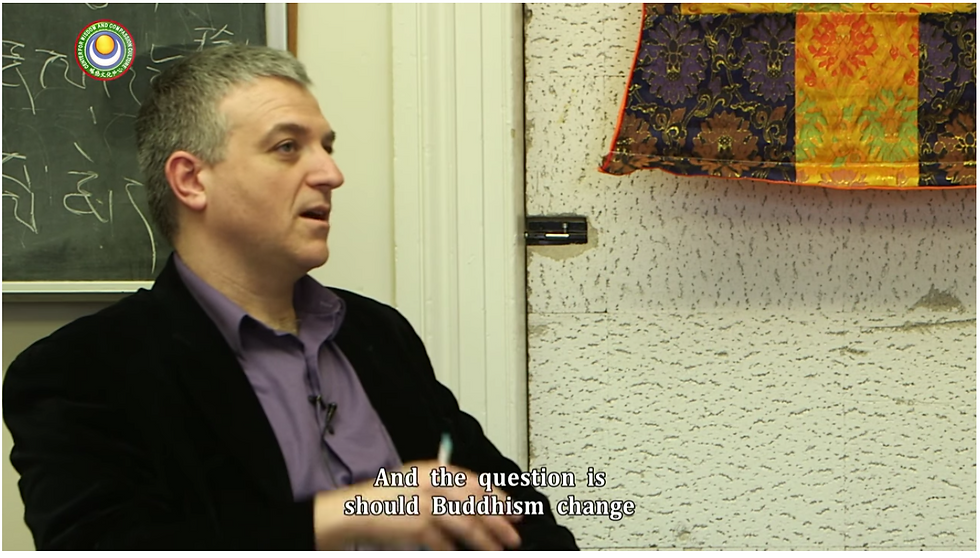
In 2015, an interview went viral: The Buddhist View on Gay Marriage (Buddhism and Modern Life), a Conversation Between Khenpo Sodargye and George Washington University Professor Eyal Aviv. The most debatable is the so-called "Misconduct of Gay", which comes from professor Eyal's ignorance, of which Buddhism has never had a historical record. Khenpo Sodargye then gave a very accurate retort: We can find in so many Buddhism sutras. Not only is there no record of the Buddhist Tantra opposing homosexuality, but even sex is holy in Buddhism (Tantric Sex, 18th-19th century). Where does the "misconduct" fake from?
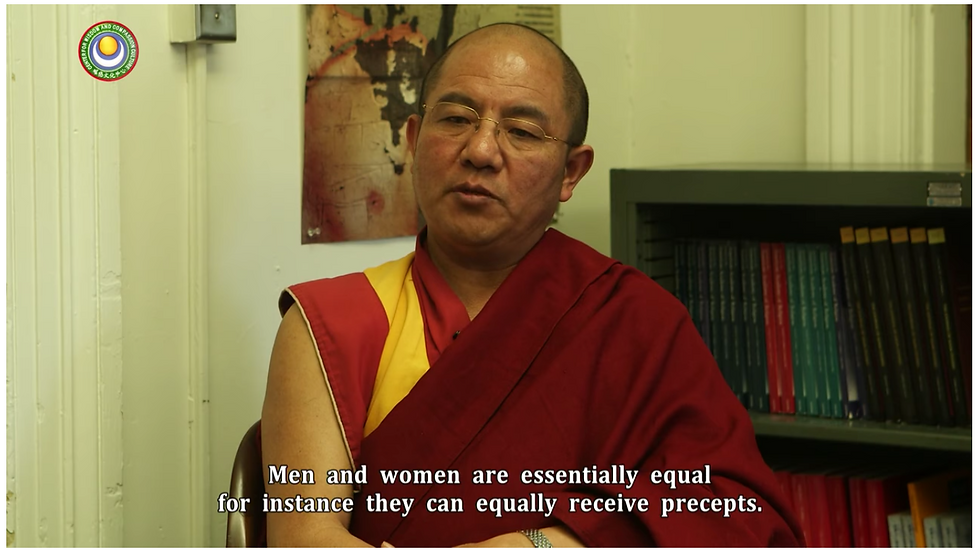
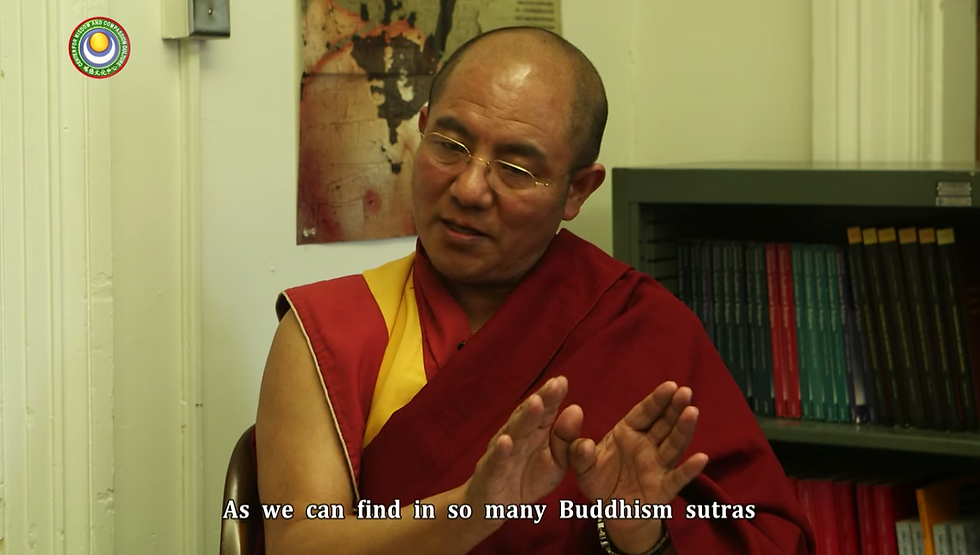
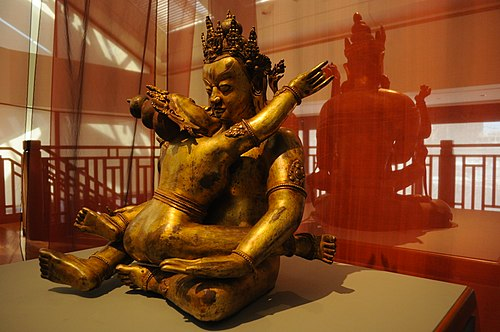


When education goes with political frolickings, it's a shame because religion, art, culture, and education all go in vain. What drives monks to hold firearms alongside them? Whoever is liable remains a puzzle to it?
Merry Christmas Eve!
Katherine Le Kang | 03:16 AM
Sunday, 25 Dec 2022
California
Artpendix

Comentarios